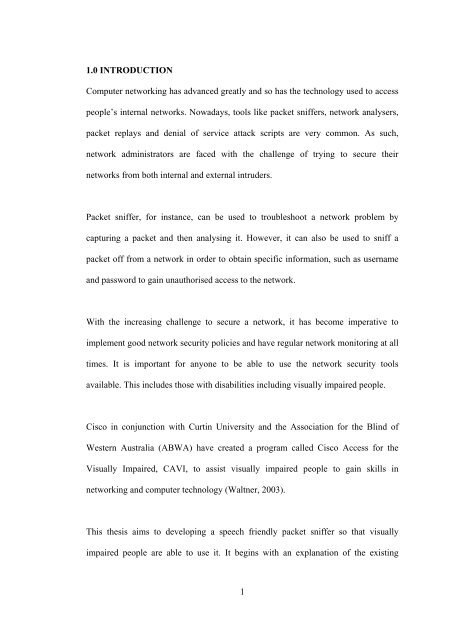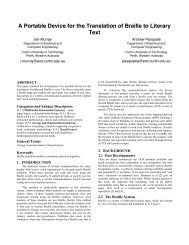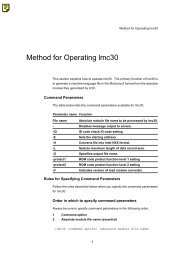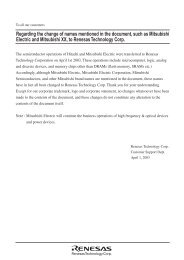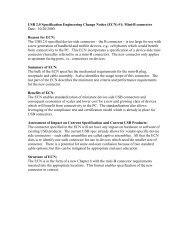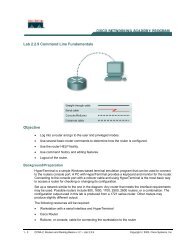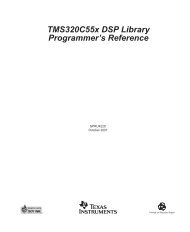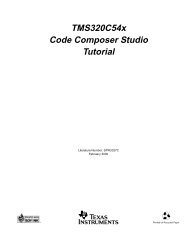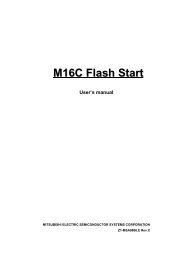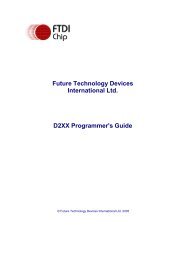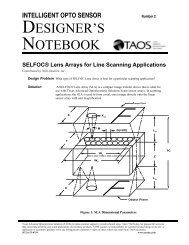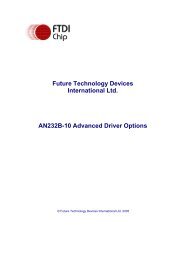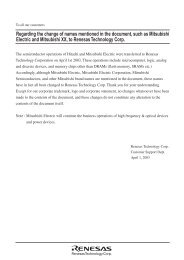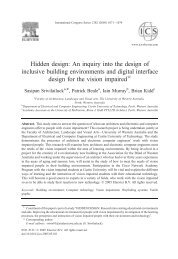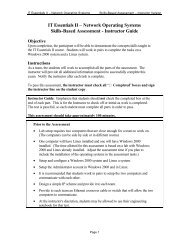Title Page - Curtin University Centre for Accessible Technology
Title Page - Curtin University Centre for Accessible Technology
Title Page - Curtin University Centre for Accessible Technology
Create successful ePaper yourself
Turn your PDF publications into a flip-book with our unique Google optimized e-Paper software.
1.0 INTRODUCTIONComputer networking has advanced greatly and so has the technology used to accesspeople’s internal networks. Nowadays, tools like packet sniffers, network analysers,packet replays and denial of service attack scripts are very common. As such,network administrators are faced with the challenge of trying to secure theirnetworks from both internal and external intruders.Packet sniffer, <strong>for</strong> instance, can be used to troubleshoot a network problem bycapturing a packet and then analysing it. However, it can also be used to sniff apacket off from a network in order to obtain specific in<strong>for</strong>mation, such as usernameand password to gain unauthorised access to the network.With the increasing challenge to secure a network, it has become imperative toimplement good network security policies and have regular network monitoring at alltimes. It is important <strong>for</strong> anyone to be able to use the network security toolsavailable. This includes those with disabilities including visually impaired people.Cisco in conjunction with <strong>Curtin</strong> <strong>University</strong> and the Association <strong>for</strong> the Blind ofWestern Australia (ABWA) have created a program called Cisco Access <strong>for</strong> theVisually Impaired, CAVI, to assist visually impaired people to gain skills innetworking and computer technology (Waltner, 2003).This thesis aims to developing a speech friendly packet sniffer so that visuallyimpaired people are able to use it. It begins with an explanation of the existing1


